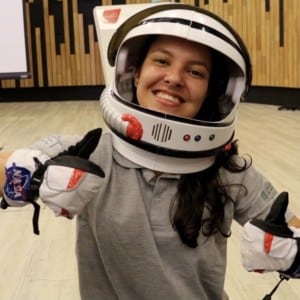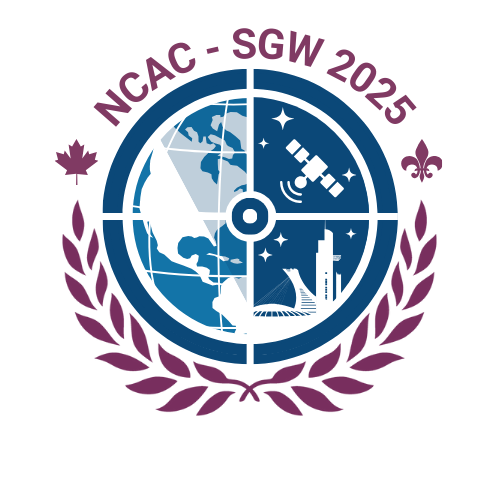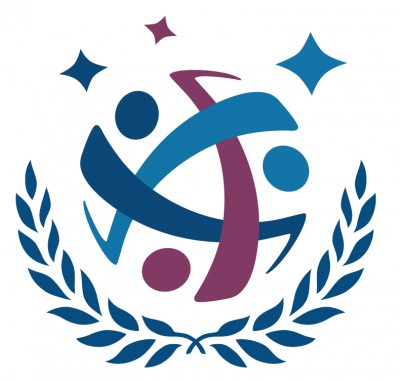Welcome to the SGAC Colombia page! On this page you can find anything you need to know regarding our organization, as well as the related space activities that take place in Colombia. Our goal is to get more students and young professionals to participate and get involved in space exploration nor only in our country but in the Latin american and the Caribbean region. Please do not hesitate to contact us. Come join us!

Alejandro Riaño
Biography:
Alejandro Riaño, a mechanical engineer from the Universidad Nacional de Colombia, hails from Villapinzón, Colombia. His interests span solid mechanics, computational mechanics, energetic materials, systems of systems, and structural analysis. He has contributed to research groups like GIDA and MIND, presenting projects at international congresses. Alejandro’s achievements include leading his team to win the Safety Award at NASA’s Human Exploration Rover Challenge 2022 and earning the UREP-C 2023 scholarship to research energetic materials under Professor Marisol Koslowski at Purdue University. He is also collaborating with Professor Juan Mantilla on hydrogen embrittlement analysis in engine valves. As SGAC’s National Point of Contact for Colombia (2022–2024), Alejandro co-managed the 8th South American Space Generation Workshop and received the Space Generation Leadership Award 2024, enabling his attendance at IAC2024 and SGC2024 in Milano. He is committed to advancing aerospace and promoting space outreach in underrepresented communities.

Maria Alejandra Botero Botero
Biography:
Mechanical Engineer with emphasis on computational mechanics from EAFIT University. Senior student of Aerospace Engineering at the University of Antioquia and Master’s student in Applied Physics at EAFIT University. President of the Colombian Association of Women in Aerospace (ACMA), an organization dedicated to promoting active participation of women in the aerospace sector, and member of the National Space Society Colombia. Commander in two analog missions at the Habitat Analog for Simulated Space Exploration Colombia (HAdEES-C), designed and operated by the Cydonia Foundation. Additionally, She has been involved in various research projects related to the design and manufacturing of solid propellant rocket engines, solar irradiation prediction using satellite data, and analysis of deployable structures based on origami.
Future events in Colombia within SGAC
2nd SG-Colombia will take place in July in Medellín, Colombia.
Background of Colombia in Space
Since the dawn of space exploration, Colombia’s public sector efforts in this field have been limited and lacked a long-term strategic vision. As a result, the country has not fully leveraged the significant potential of space technologies to drive economic and social development. Recognizing this gap, a Space Development Policy is deemed necessary to create the enabling conditions for space technologies to enhance productivity, diversify the economy, and increase its sophistication.
Historically, Colombia’s challenges in the space sector have included three primary issues:
- Absence of a Long-Term Strategic Vision: Policies have mainly focused on acquiring satellites to meet specific communication and imagery needs without a comprehensive strategy to develop human capital or identify sectoral potential.
- Barriers to Private Sector Participation: Limited information on the sector has prevented a clear understanding of the obstacles private entities face when attempting to launch space projects in Colombia.
- Weak Institutional Framework: A lack of coordination among stakeholders has hindered the alignment of efforts toward common objectives.
Colombia’s journey in space exploration and technology is marked by significant milestones and ongoing initiatives. In 1969, CONPES 239 supported the establishment of the Terrena Station in Chocontá, laying the groundwork for satellite communications in the country. A subsequent effort in 1970 under CONPES 1421 to acquire a satellite through Telecom failed due to an unsuccessful bidding process. The Proyecto Cóndor, a regional collaboration led by the Comunidad Andina de Naciones (CAN) from 1977 to 2017, successfully advanced satellite capabilities in the region. However, the Satélite de Comunicaciones de Colombia (Satcol) initiative in 2009, as well as CONPES 3579 and CONPES 3613, faced setbacks due to deserted bidding processes.
The Comisión Colombiana del Espacio (CCE), established by the Colombian government in 2006 through Decree 2442, plays a crucial role in shaping space policy. Although CONPES 3683, issued in 2010, outlined guidelines for the National Earth Observation Program, the initiative did not materialize. Colombia published its National Satellite Navigation Plan in December 2015, and recommendations for creating a space agency were made in 2011, signaling a growing focus on institutional development in the space sector.
Colombia’s achievements in satellite technology began with the successful launch of Libertad 1, a 10-centimeter pico-satellite weighing less than one kilogram, in 2007. This was followed by FACSAT 1, a nanosatellite launched in 2018, and FACSAT 2, known as “Chiribiquete,” a 6U CubeSat launched aboard a Falcon 9 in 2023 from California, USA. International collaboration has been strengthened through the signing of the Artemis Accords with NASA and memoranda of understanding with Brazil and India in 2021, and with THALES in 2024.
In 2024, Colombia achieved notable milestones, including the country’s mission to Antarctica and Diana Trujillo’s appointment as a NASA Flight Director. Meanwhile, the creation of the Agencia Nacional de Seguridad Digital y Asuntos Espaciales is under discussion in the Sixth Commission of the House of Representatives, further reflecting the nation’s commitment to advancing its space ambitions.
Young Space Activities Overview in Colombia
National Space Perspective: There are different institutions working towards the development of a proper aerospace environment in the country, in technical developments, application of existing technologies, and outreach. Among this institutions can be found the Colombian Air Force Commander and the directors of the National Planning department, the Augustin Codazzi Geographic Institute (IGAC) and the Presidential Agency for the Social Action; and civilian institutions such as Bogota Planetarium, Maloka Interactive Center, Medellin Planetarium, Parque Explora, and Neomundo, places mainly dedicated to outreach activities and courses which expose all science branches to the general public, with sections dedicated exclusively to the space exploration. Likewise, private companies such as Sequoia Space and Ideatech, are developing commercial efforts towards space products and services. Academia, represented by Universidad Nacional de Colombia, with groups like GIDA-UN (Aerospace Research and Development Group) and GCPA (Planetary Sciences and Astrobiology Group), Universidad Sergio Arboleda, Universidad de Antioquia, and Universidad Industrial de Santander among others, are currently undertaking work and research in aerospace related fields; however, a complete catalog of space capabilities is not currently available for the country. The implementation of the peace agreements signed by the Colombian government and armed groups outside the law and subsequent post-conflict era, opens an enormous opportunity to the development of a space environment in the country, not only as a user of already implemented technologies, but also as a generator of different products, services, and as a research field for the local academia to develop. Space Activities During 2016 ● Outreach activities in the National Astronomical Observatory, “Thursdays under the stars”. GCPA organized weekly events called Coffee and science. GIDA-UN organized events with different experts in the field, like video conferences with NASA personnel ● Participation of Colombians at big international events, such as the 67th International Astronautical Congress, Space Generation Congress 2016, Mars Analogue Simulations Workshop, UN-IAF Workshop on Space Technology for Socio-Economic Benefits, Mars Desert Research Station, and International Space University Space Studies Program, demonstrate the importance of the study, development and implementation of space science for students and young professionals in Colombia. ● Colombian Air Force (FAC by its acronym in Spanish) announced that it’s aiming to launch a nanosatellite for post-conflict surveillance.
Interesting Web Links for the Young Generation in Colombia
Universidad Sergio Arboleda Observatorio Astronomico Aventura Espacial Departamento Administrativo de Ciencia, Tecnología e Innovación COLCIENCIAS – The Colombian System on Science, Technology and Innovation Fuerza Aérea Colombiana – The Colombian Air Force.


